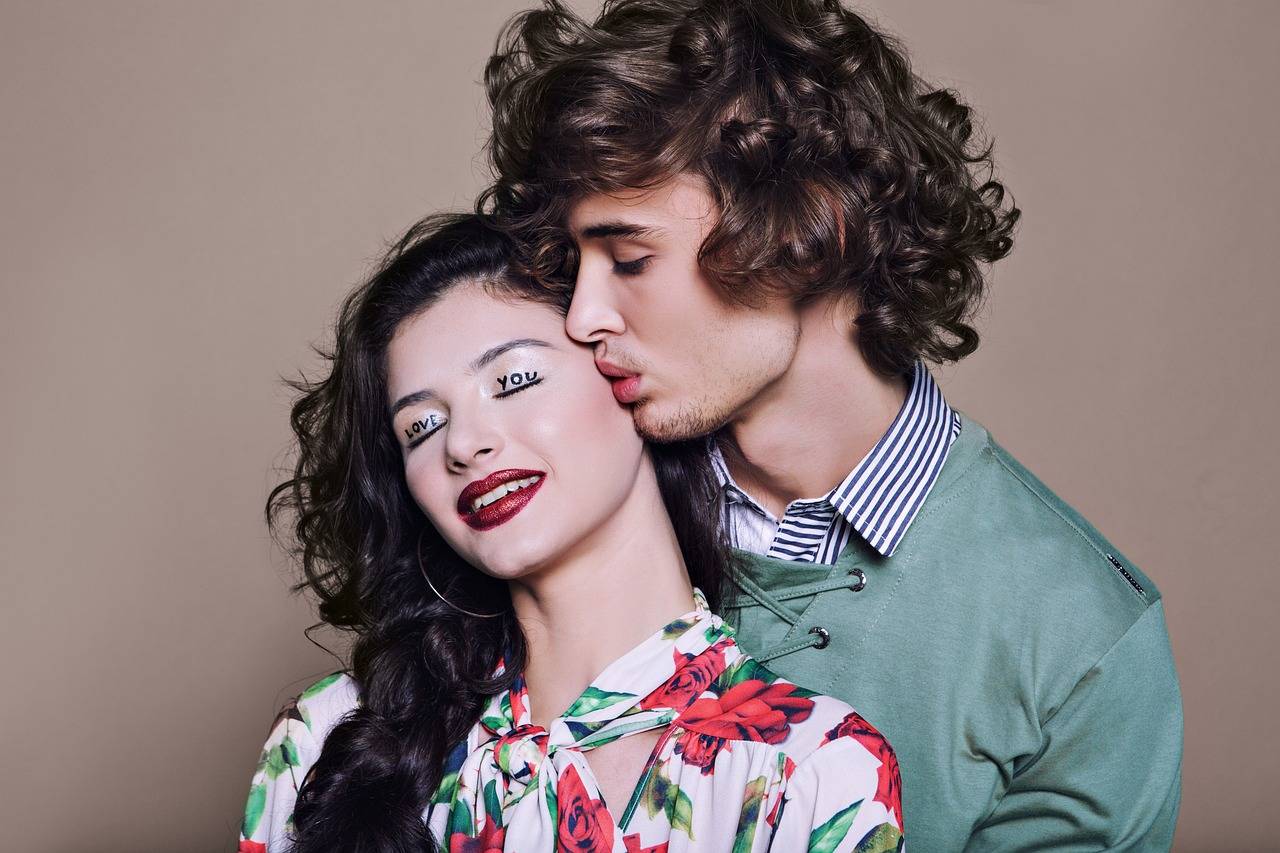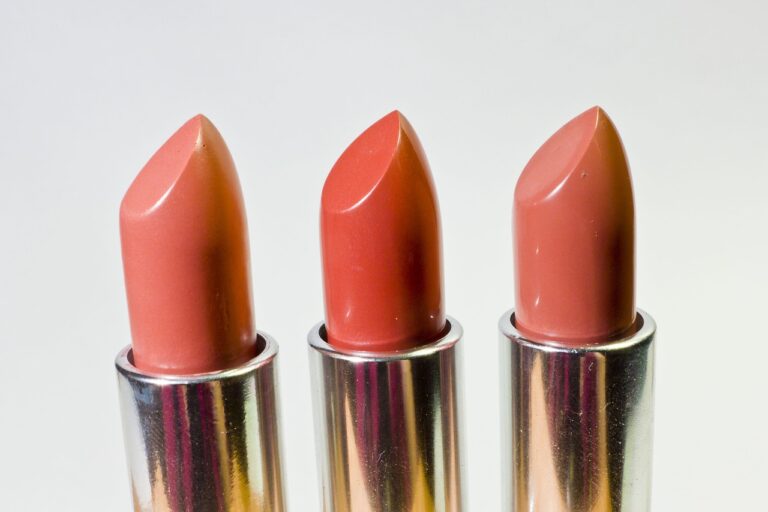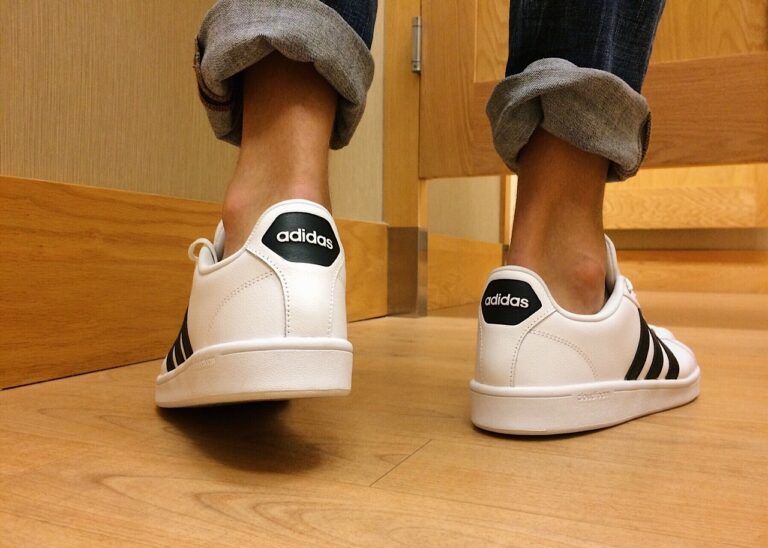Fashion and Music: Evolution of Punk Fashion
Punk music emerged in the mid-1970s as a raw and rebellious response to the mainstream music of the time. With its fast-paced tempo, stripped-down melodies, and confrontational lyrics, punk music quickly gained a following among disenchanted youth looking for an outlet to express their frustrations and anger.
The genre was characterized by its DIY ethos, with bands often self-producing their music and performing in small, underground venues. Punk music’s anti-establishment attitude and unconventional sound sparked a musical revolution that continues to influence musicians across genres to this day.
Origins of Punk Style
Punk style, with its roots in the rebellious and anti-establishment ethos of the 1970s, was a deliberate departure from mainstream fashion norms. The DIY attitude of punk culture meant that individuals could create their own unique style without the need for expensive designer clothing. Safety pins, ripped clothing, and leather jackets became signature elements of punk fashion, embodying the raw and edgy aesthetic of the movement.
One of the defining features of punk style was its rejection of traditional beauty standards and conventional ideas of fashion. Tattoos, piercings, and eccentric hairstyles were embraced as symbols of individuality and non-conformity. By challenging societal norms and embracing a raw, unpolished look, punks created a distinct and defiant aesthetic that continues to influence fashion and subcultures to this day.
What was the catalyst for the evolution of punk music?
The evolution of punk music can be traced back to the mid-1970s when bands like The Ramones, The Sex Pistols, and The Clash emerged in the United States and the United Kingdom. These bands rejected the mainstream music of the time and created a raw, aggressive sound that came to define punk music.
How did the origins of punk style come about?
The origins of punk style were closely connected to the evolution of punk music. As punk bands rejected the mainstream music industry, they also rejected mainstream fashion trends. This led to a DIY ethos in punk style, with individuals creating their own unique looks through DIY clothing, torn jeans, leather jackets, and bold haircuts.
What are some key elements of punk style?
Some key elements of punk style include ripped clothing, leather jackets, band t-shirts, safety pins, combat boots, and bold accessories. The style is characterized by its anti-establishment attitude, bold colors, and DIY aesthetic.
How has punk style influenced fashion today?
Punk style has had a lasting impact on fashion, with designers and brands incorporating elements of punk into their collections. From leather jackets to studs and spikes, punk style continues to influence mainstream fashion trends and inspire new generations of fashion designers.
Are there different subcultures within punk style?
Yes, punk style has evolved over the years to include various subcultures, such as hardcore punk, oi!, ska punk, and pop punk. Each subculture has its own unique style and musical influences, but all share a common DIY ethos and anti-establishment attitude.





